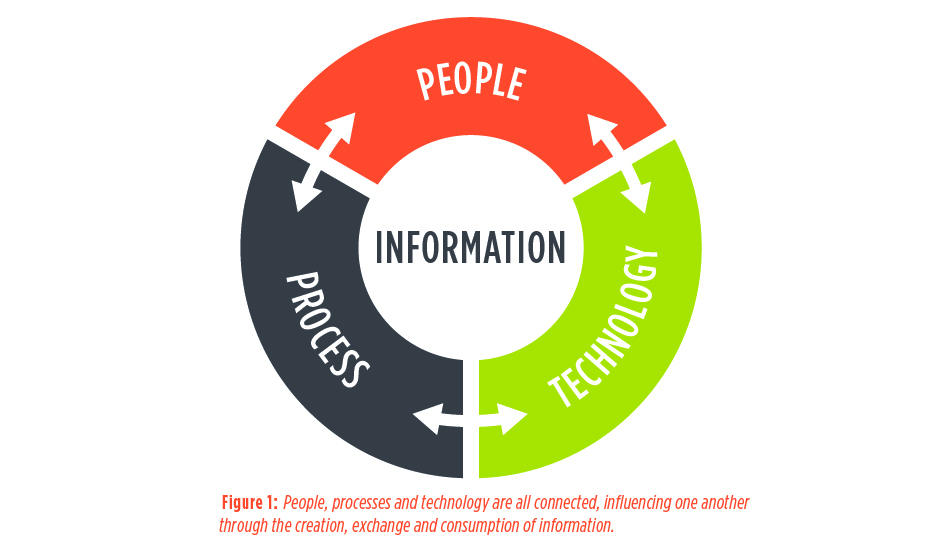Asset management has everything to do with strategy. According to ISO 55000, asset management is the coordinated activity of an organization to realize value from assets. The description used in the British Standards Institution’s Publicly Available Specification-55: 2008 predates ISO 55000, but builds on it by describing asset management as “the systematic and coordinated activities and practices through which an organization optimally and sustainably manages its assets and asset systems, their associated performance, risks and expenditures over their life cycles for the purpose of achieving its organizational strategic plan.”
This definition covers a complex array of interrelated components that must be considered together to optimize overall organizational performance. In breaking this definition down — even at a high level — a need for an assessment framework to understand and guide improvements for these components can be seen:
- “… systematic and coordinated activities and practices” indicates that the activities involved in asset management need to be systematic — that is, the need for creation and adoption of methods and practices that are organized and coordinated together as parts of a formal asset management system. Coordinated activities and practices require a strategy.
- “… through which an organization optimally and sustainably manages its assets and asset systems” highlights the fact that the goal of the framework is to optimize the management of assets. Many drivers and constraints must be considered in this optimization process and these are often in conflict with each other. Also indicated here is the idea that some assets may be individually managed, whereas others may be grouped together in an asset system to be managed together.
- “… their associated performance, risks and expenditures” exposes the decisions that need to be made on a quantifiable and auditable basis to optimize overall asset management. It also highlights some of the trade-offs and decisions that need to be made in terms of balancing expenditure and risk and how they impact performance of the assets and asset systems. This necessitates careful planning.
- “… over their life cycles” highlights the importance of inter- and intrabudget cycle decisions that impact different parts of the organization and the impact of temporal components of asset performance on their overall optimization such that short-term false economies are not claimed at the expense of long-term optimization against organizational objectives.
- “… for the purpose of achieving its organizational strategic plan” brings the focus back to the business and organizational objectives and the effects of changing demands over time on the asset portfolio. It also recognizes that a strategic plan is necessary.





